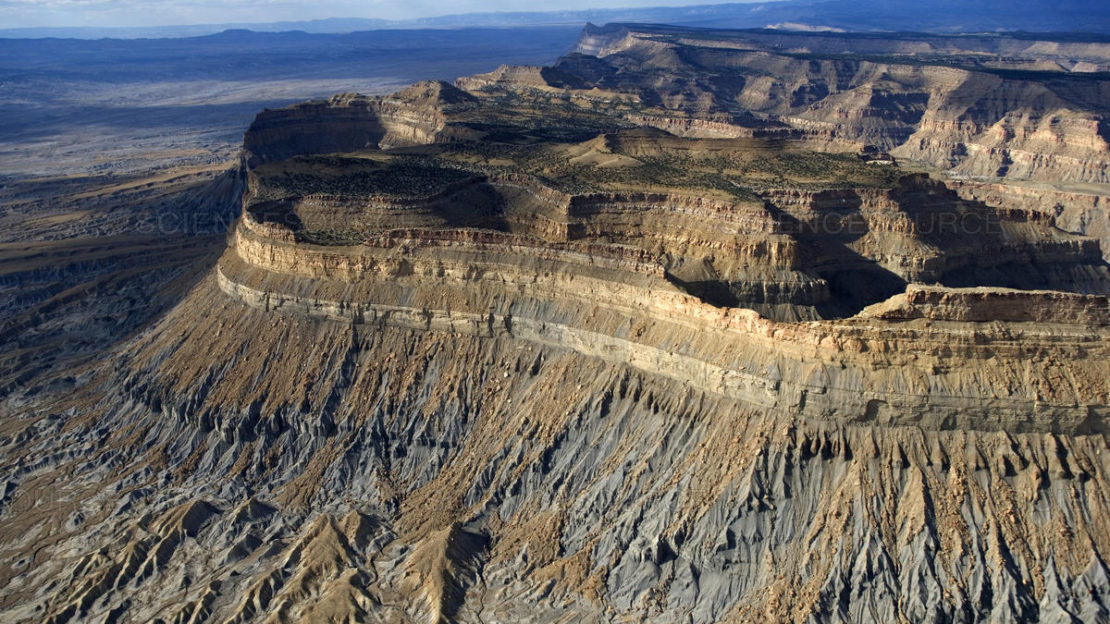
ehux
Joined Sep 2020
Geologist. Gardener. Grew up on a ranch. Westerner. Cover photo of Book Cliffs image credit: Southern Utah Wilderness Alliance
Discussions
Reply to: Garden experiments with hard soil
Posted November 12, 2020
Reply to: Garden experiments with hard soil
Posted November 12, 2020
Reply to: Carrying extra shoes when bugging out
Posted September 28, 2020
No activity yet.
Reply to: Garden experiments with hard soil
Posted November 12, 2020
Reply to: Garden experiments with hard soil
Posted November 12, 2020
Reply to: Carrying extra shoes when bugging out
Posted September 28, 2020